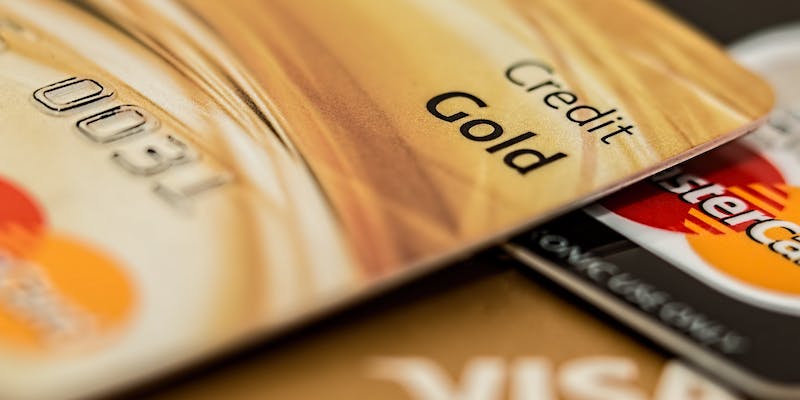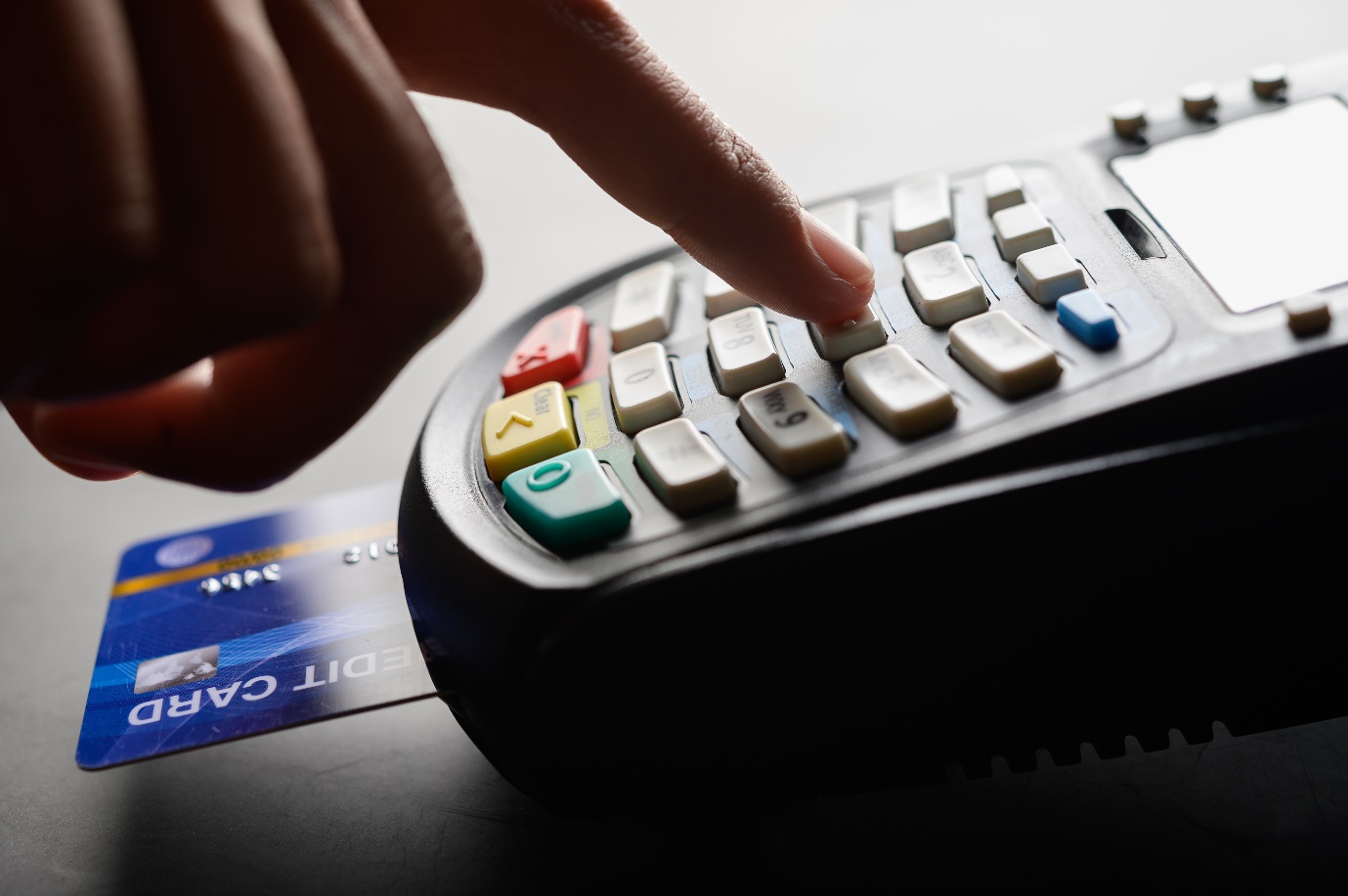Have you ever wondered how Credit Cards work or felt overwhelmed by the complex world of personal finance? Don't worry; you're not alone. Many people find Credit Cards a bit mystifying at first, but they can be incredibly useful tools when used wisely.
In this beginner's guide, we'll break down the basics of Credit Cards in a simple and easy-to-understand manner so that you can navigate the world of plastic money with confidence.
The Basics: What Is a Credit Card?
Credit Card allows you to borrow money to make purchases, with the understanding that you will repay the borrowed amount in the future. It grants you the ability to borrow funds for purchases, with the understanding that you will repay these funds in the future. This differs from a debit card, which directly subtracts money from your bank account. Here's a breakdown of the key components of a credit card:
Cardholder Name: Your name appears on the front of the card, making it personalized to you.
Card Number: A unique 16-digit number assigned to your card, which is required for online and phone transactions.
Expiration Date: The date your card is no longer valid. Typically, cards are valid for a few years, after which they must be renewed.
Security Code: A 3 or 4-digit code on the back of the card, used for added security in online transactions.
Issuer Logo: The bank or financial institution's logo, indicating where the card is from.
How Credit Cards Work: The Process
Understanding how a credit card works involves knowing the entire transaction process. Here's a simplified step-by-step guide:
Application
Before you can get a credit card, you need to apply for one. You'll need to provide personal information, such as your name, address, income, and employment details. The bank or issuer evaluates your application to determine if you're eligible.
Approval
If your application is approved, the bank will assign you a credit limit – the maximum amount of money you can borrow on the card. This limit depends on your Credit History, income, and other factors.
Making Purchases
Once you have your credit card, you can use it to make purchases both in-store and online, just like you would with cash or a debit card. The difference is that you're essentially borrowing the money from the bank.
Billing Cycle
Credit card transactions take place within a billing cycle that usually spans about 30 days. Within this period, you have the flexibility to make purchases up to your established credit limit.
Statement
At the end of the billing cycle, the bank will send you a statement detailing all your transactions for that period. This includes the date of each transaction, the amount, and the merchant's name.
Credit Card Types
Credit Cards come in various forms, each tailored to different needs and financial situations. Here are the most common types:
Standard Credit Cards: These are basic Credit Cards with a set credit limit and interest rate. They're suitable for everyday use.
Rewards Credit Cards: These cards offer rewards, such as cashback, travel miles, or points, for each purchase. They're great if you want to earn something back for your spending.
Secured Credit Cards: These cards are ideal for people with no or poor Credit History. You'll need to provide a security deposit to get one. Your credit limit is usually equal to your deposit.
Student Credit Cards: Tailored for university students, these cards typically feature modest credit limits and serve as a means for students to establish and bolster their Credit History.

Credit Card Fees
While Credit Cards offer convenience and flexibility, they can come with various fees. It's essential to be aware of these potential charges:
Annual Fee: Some Credit Cards charge an annual fee just for having the card. Make sure the benefits of the card outweigh this cost.
Late Payment Fee: If you miss a payment or don't pay the minimum on time, you'll be hit with a late payment fee.
Interest Charges: If you carry a balance beyond the due date, you'll accrue interest charges on the outstanding amount.
Foreign Transaction Fee: Utilizing your credit card abroad or making transactions in a foreign currency could result in an extra fee being applied.
Balance Transfer Fee: If you transfer a balance from one card to another, there is typically a fee associated with it.
Cash Advance Fee:

Extracting cash from your credit card comes with a cash advance fee, frequently coupled with elevated interest rates.
Building Credit with Credit Cards
One of the significant advantages of Credit Cards is their role in building and improving your Credit History. Credit History is essential because it affects your ability to borrow money for big purchases like a home or a car. Here's how Credit Cards can help:
Payment History: Making timely payments on your credit card can positively impact your payment history, a crucial factor in your credit score.
Credit Utilization: The credit utilization ratio gauges the extent to which you utilize your available credit in relation to your total credit limit. Maintaining a low ratio is essential for a favorable credit score.
Length of Credit History: The longer you keep a credit card open and use it responsibly, the more it can improve your Credit History.
Types of Credit: Having a mix of different types of credit, such as Credit Cards and loans, can also positively influence your credit score.
Conclusion
Credit Cards can be a valuable financial tool when used responsibly. They offer convenience, help you build credit, and can even reward you for your spending. However, they also come with potential fees and risks if used unwisely.
By understanding how Credit Cards work, the various types available, and adopting responsible usage habits, you can make the most of your plastic friend while avoiding common pitfalls. With great purchasing power comes great financial responsibility, so use your credit card wisely and watch your financial future grow.



